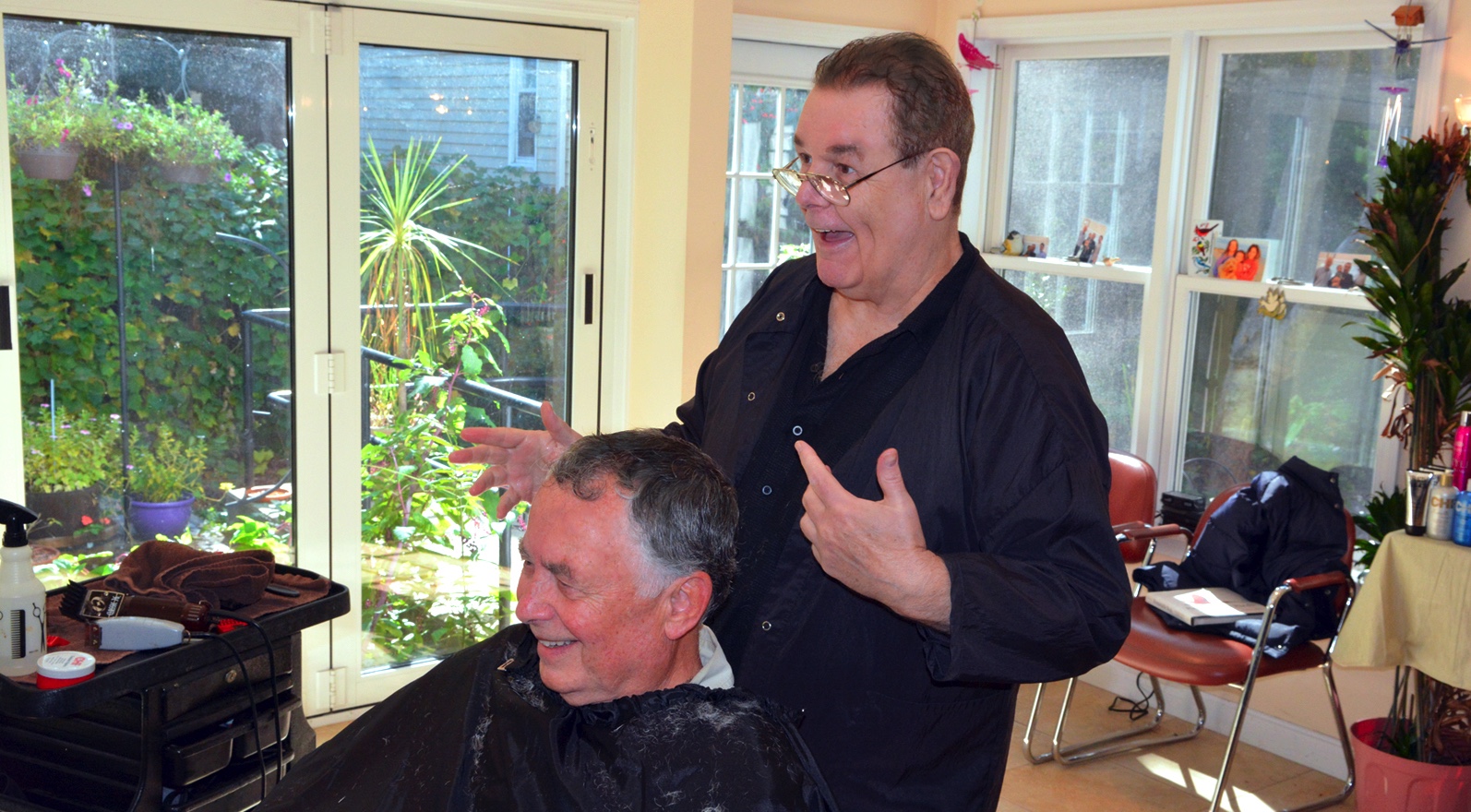- http://jerrysgardensalon.com/stage/wp-content/uploads/2019/02/usamast-800x650.jpg
USAToday: It’s for the birds, and more
Backyard habitats impart stewardship by G. Jeffrey MacDonald USA TODAY
SOMERVILLE, Mass. — Wedged between train tracks and a busy thoroughfare, Jerry Lauretano’s home-based hair salon relies on berry-producing trees to attract a range of lovely birds — as well as some not-so-lovely ones.
Last winter, customers saw cardinals, robins and goldfinches. On an April morning, however, pigeons and squirrels had the yard to themselves.
“Not every square foot needs to be business, business, business,” says Lauretano, whose parcel ranks among 128,000 backyards that have been certified as wildlife habitats by the National Wildlife Federation. “People love to come here. And that fulfills your heart.”
Across the country, homeowners have been meeting criteria to make their properties hospitable to wildlife. Enrollment in the 37-year-old backyard certification program has grown by 400% since 2003, says program coordinator Roxanne Paul.
Backyard habitats are becoming increasingly important as species pressured by development and other forces seek new homes, says Doug Inkley, senior scientist for the federation. “Many (species) have been in decline. Providing a place for them is extremely educational, it provides good habitat, and it can be a safe endeavor.”
To get a parcel certified, one must provide for five basic needs: water, food, cover, a setting to raise young and freedom from chemical treatments, such as pesticides. Supplying water can be as simple as putting out a birdbath or as involved as maintaining a coastline. Certified backyards include a 40-acre prairie parcel in Montana and a New York City balcony that’s become a destination for local butterflies.
Though getting certified can cost as little as the $20 certification fee, homeowners need to be prepared. “You should understand that you’re not only going to attract songbirds and squirrels, but some wildlife that you may not be interested in, like bear or raccoon or skunk,” says Greg Yarrow, professor of wildlife ecology at Clemson University.
Some habitats require a measure of vigilance. In Montreat, N.C., owners of certified backyards bring bird feeders inside every night so that they won’t also draw black bears.
Sometimes attempts to attract wildlife leave homeowners in a panic. Jerome “Jigger” Bordelon, a professional trapper in Chalmette, La., recalls a homeowner who put in a pond with hopes of attracting ducks. He soon called for help when the pond became home to nutria and alligators.
“You don’t know what’s going to show up,” Bordelon says. “It just depends on what’s in your neighborhood.”
In most cases, Paul says, landowners get certified with hopes of creating favorable conditions for attracting birds. Lauretano says birds create a relaxing ambience, which he enhances with recorded birdsongs and bird-themed art on the salon’s walls.
As the certification program grows, participants see a widening range of possibilities. Forty communities have been certified, which means these cities and towns have attained a critical mass of certified backyards, school grounds and business properties. An additional 44 communities have registered as pursuing certification status.
As more landowners and communities become certified, the federation is coaching people on how to be good neighbors while also providing good animal habitats. It began publishing guidelines in 2007, Paul says, after some landowners faced complaints from neighbors. Among pointers: Neighbors sometimes appreciate a mowed lawn.
Experts say it’s difficult to assess just how much animals are benefiting from backyard certification programs. But supporters say those who get their lands certified get a sense of what environmental stewardship entails.
Habitat providers “may not, on the balcony, be making a tremendous difference,” Yarrow says. “But when it comes to supporting legislation or policy, they’re going to be informed because they’ve gone through the steps of what it takes to provide wildlife habitat and how important it is.”
